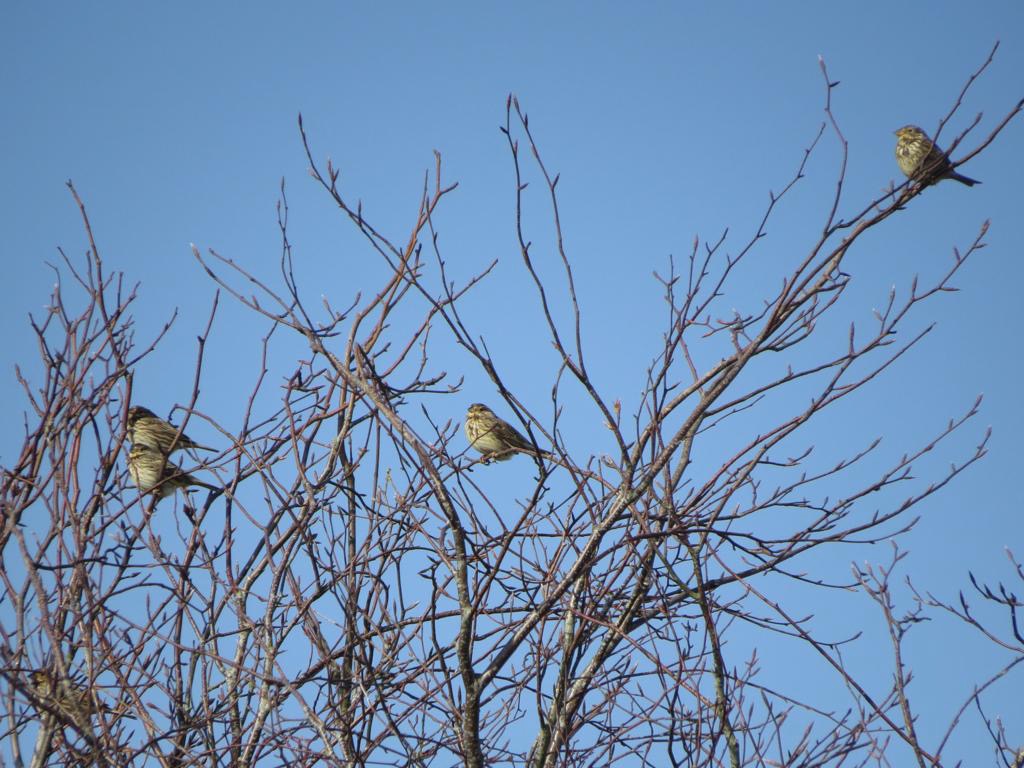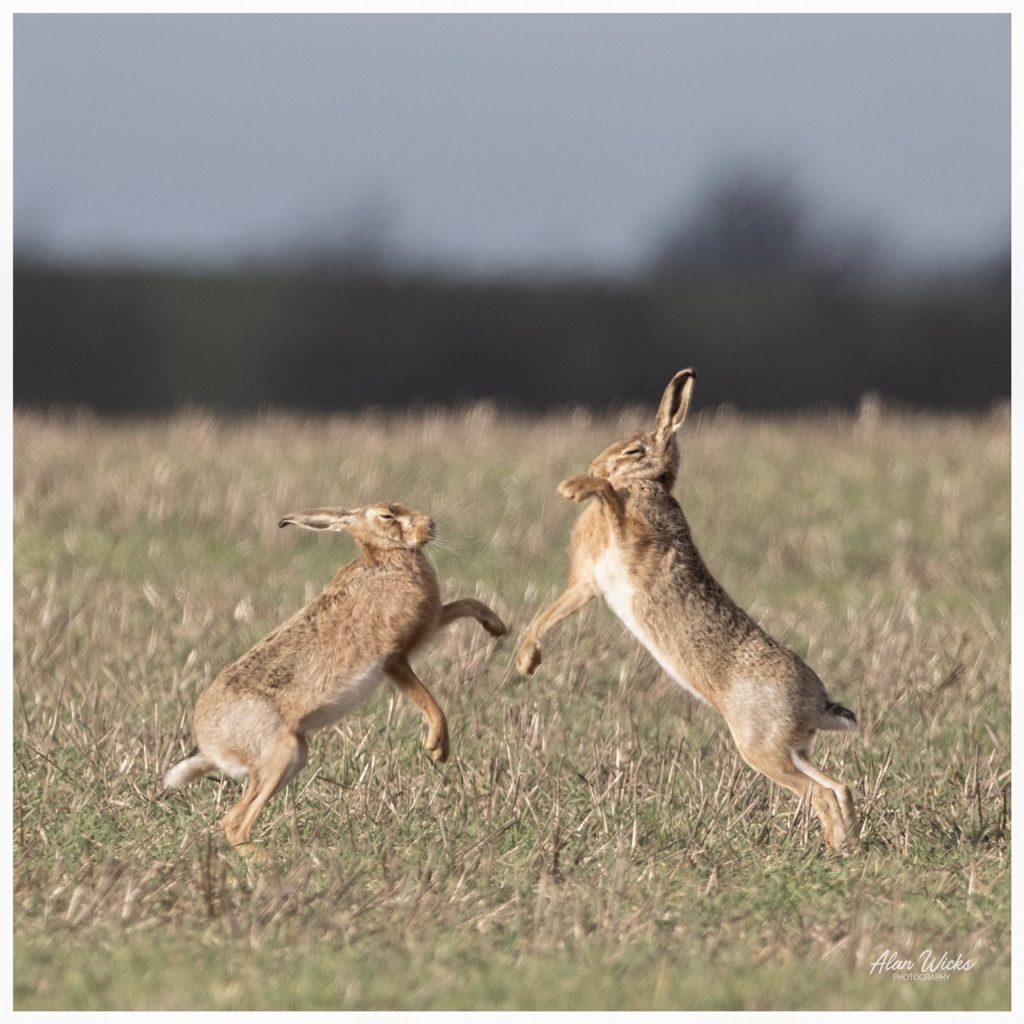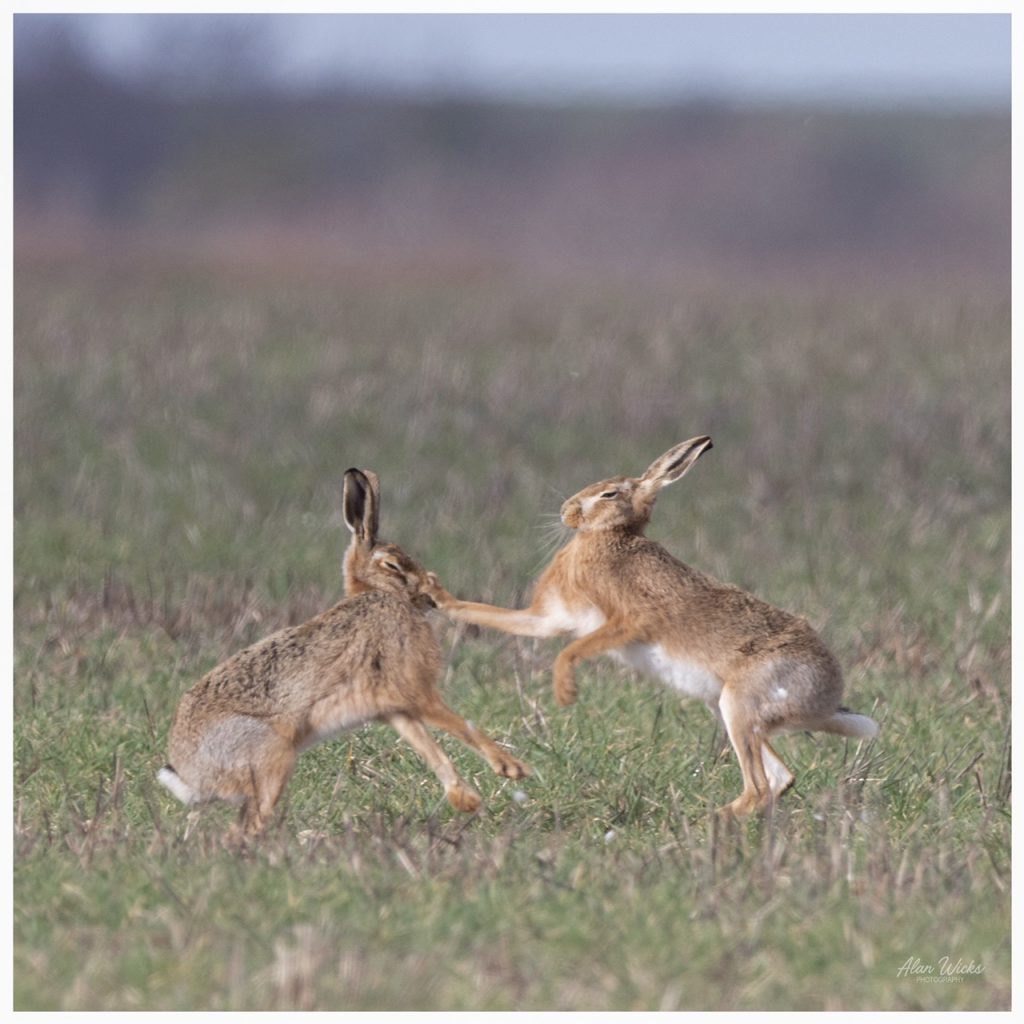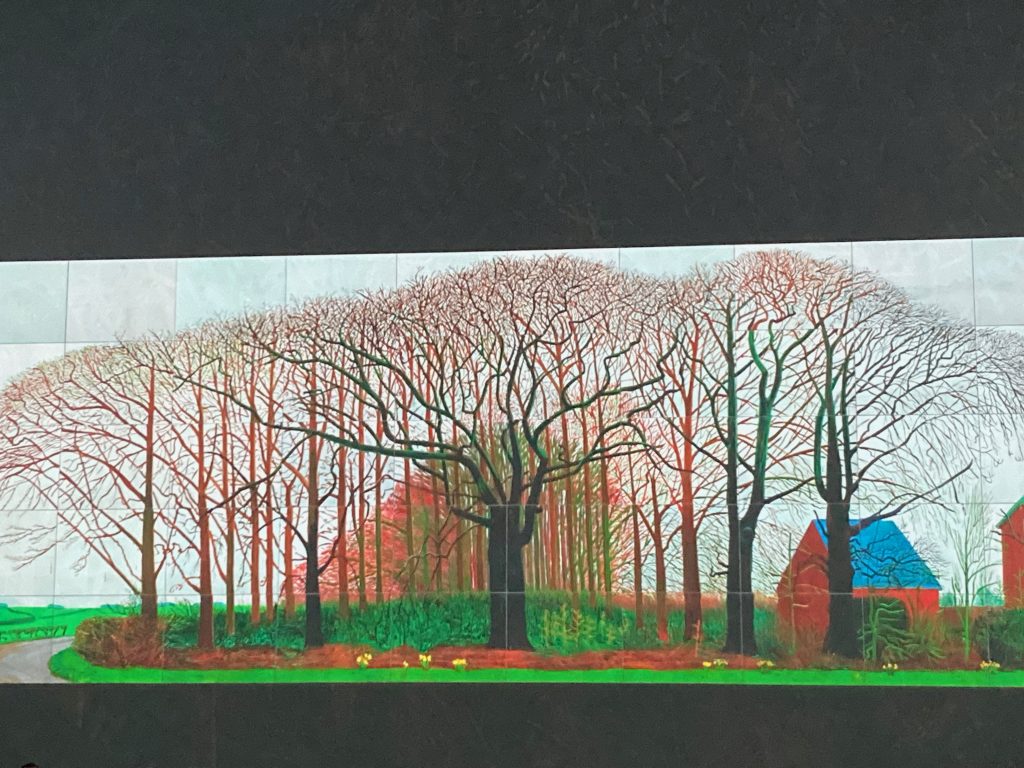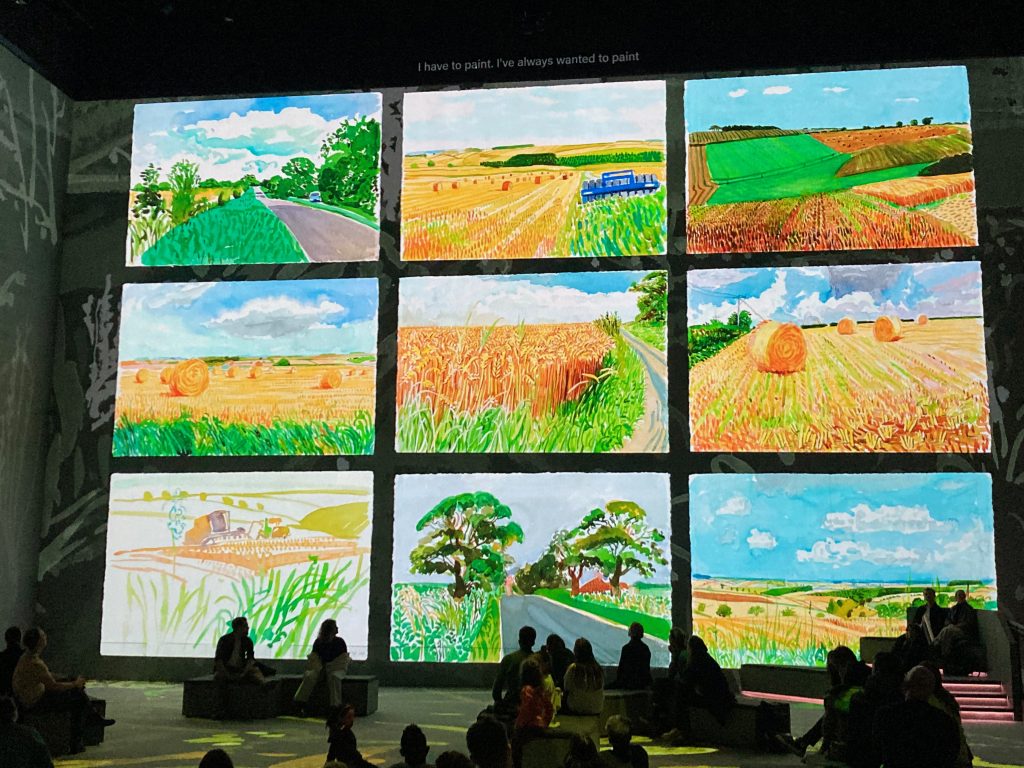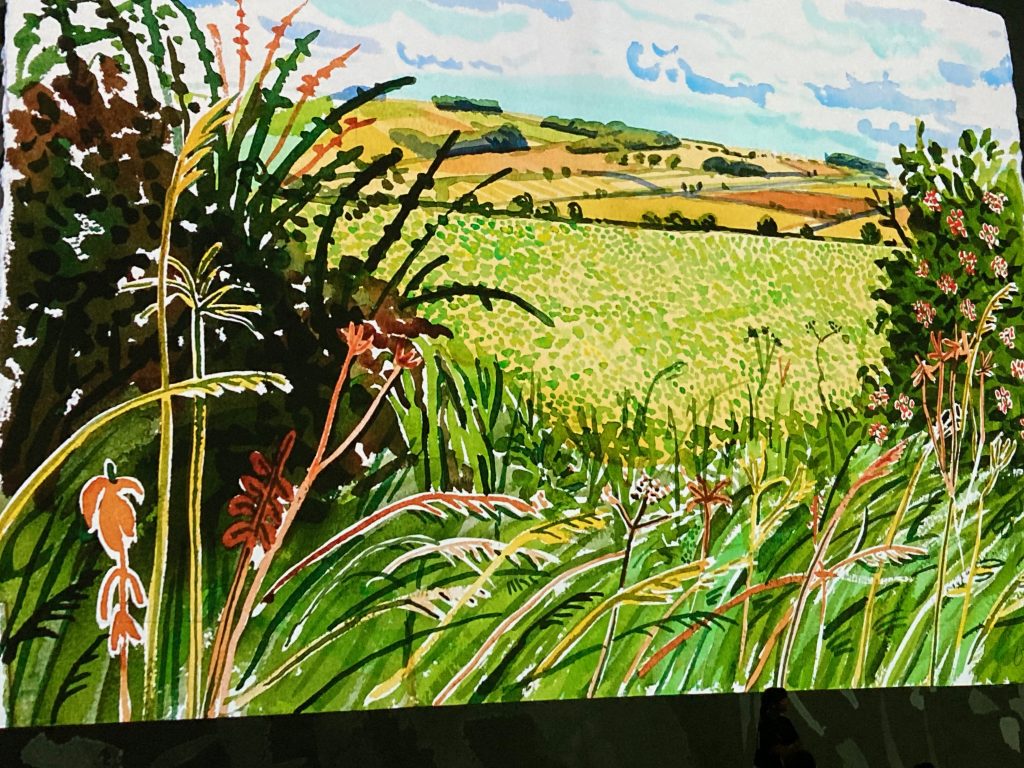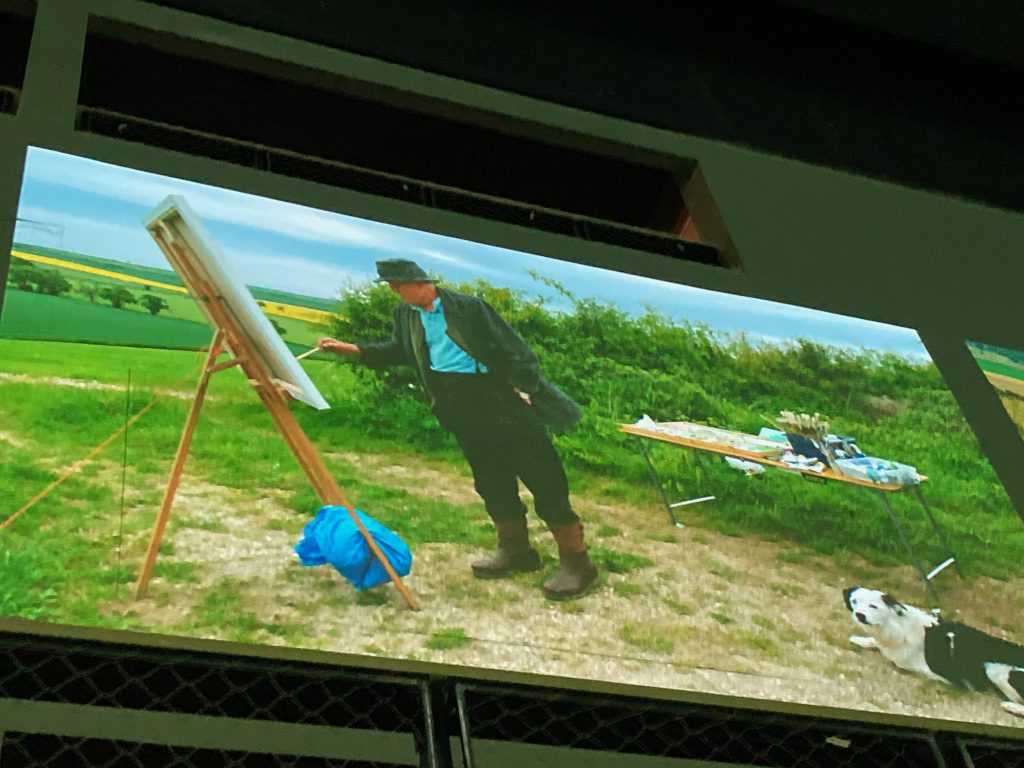The View from the hill
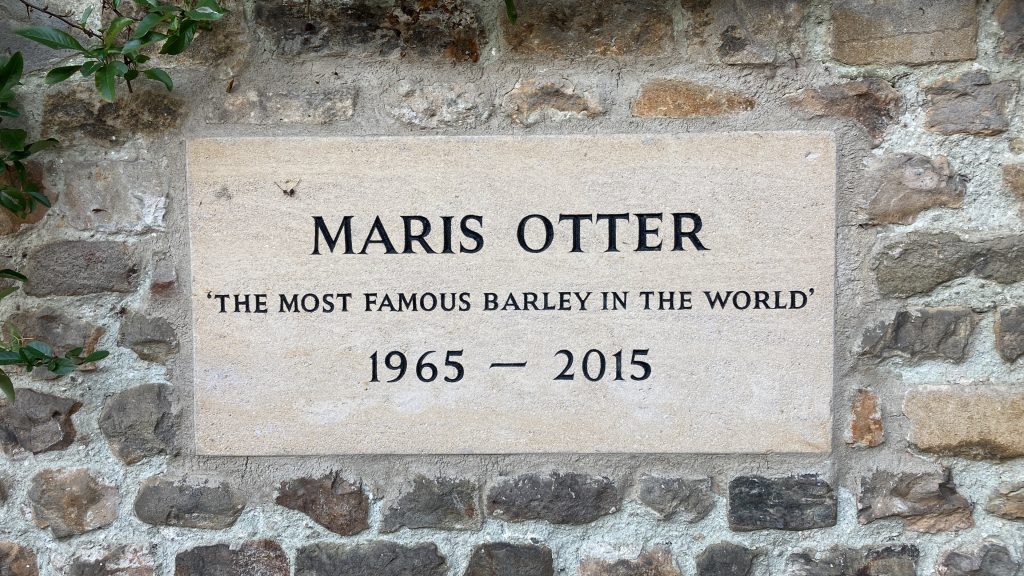
For the last few weeks we have been loading two lorries of barley per week for Warminster maltings. We are still growing Maris Otter barley, now 58 years since it was bred at the Plant Breeding Institute (PBI) in Cambridge. There are also a couple of loads booked to go to Belgium next week, following others that made their way there a few weeks ago. Otter is still keenly sought by craft ale brewers across the world, when we visited the maltings a couple of weeks ago we saw pallets stacked high with bags of malt destined for a retailer who sells brewing kits in Ohio in the US. Nearer to home brewers using Otter include the St Austell brewery (Tribute, Proper Job), Flack Manor brewery (Double Drop), Butcombe brewery (Butcombe Original).
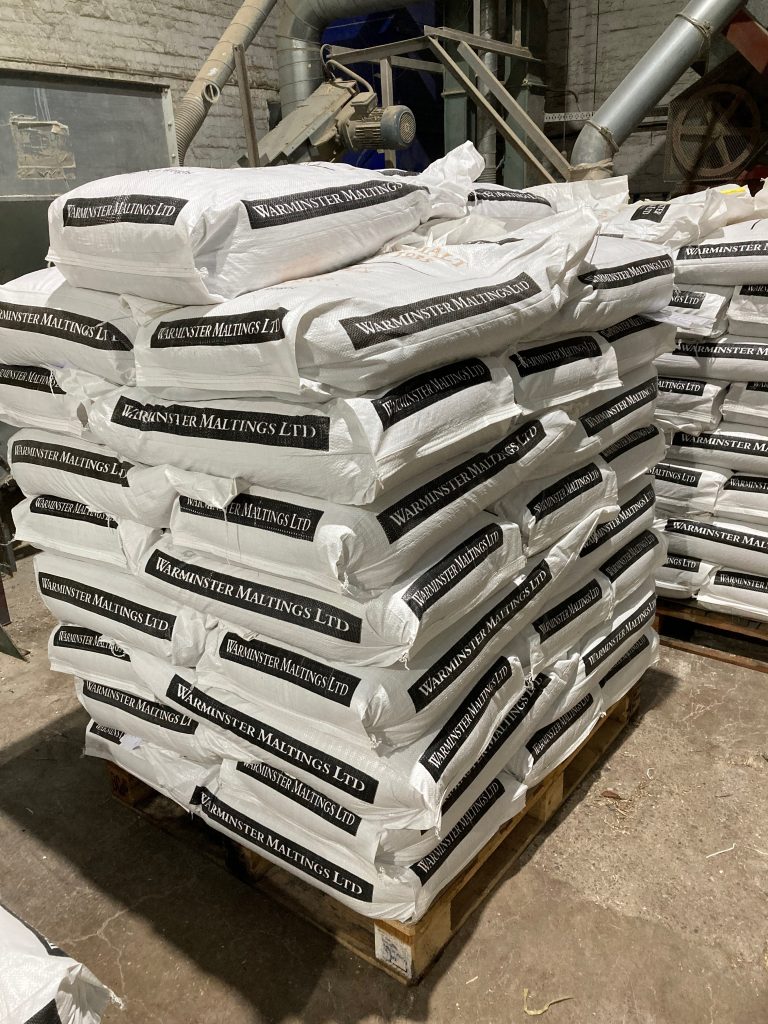
There are other 1960s PBI crop varieties still being grown, Maris Piper spuds are still widely grown, we grew them here in our first venture into field scale spud growing in 2020. There is also a quality bread flour wheat, Maris Widgeon, still grown by some farmers, which is renowned for its long straw which is popular amongst thatchers.
The PBI’s prefix, Maris, which was first used in the early 1960s became known around the world. It actually owes its name to Maris Lane, which connected Trumpington High Street to Granchester in Cambridge.
When the decision was taken to privatise the organisation in 1987, the PBI and NSDO were together bought for £66m by Unilever, later sold on to Monsanto in 1988. But the UK Treasury had to forgo £38.8m of these total receipts because a far-sighted institute secretary, Denys Hadden had obtained charitable status for the PBI in 1968, so instead the money was ploughed into major improvements at the John Innes Centre when the ‘research’ side of the PBI was transferred to Norwich in 1990.
It’s a shame other organisations privatised at the same time hadn’t had the foresight to protect themselves in a similar way, rather than allow their value to be shovelled down the throats of speculators and shareholders over the following 40 years, as we have seen with water, electricity, the railways and numerous others. Oops, how did that scurrilous slice of political comment sneak into an educational piece about malting barley…?
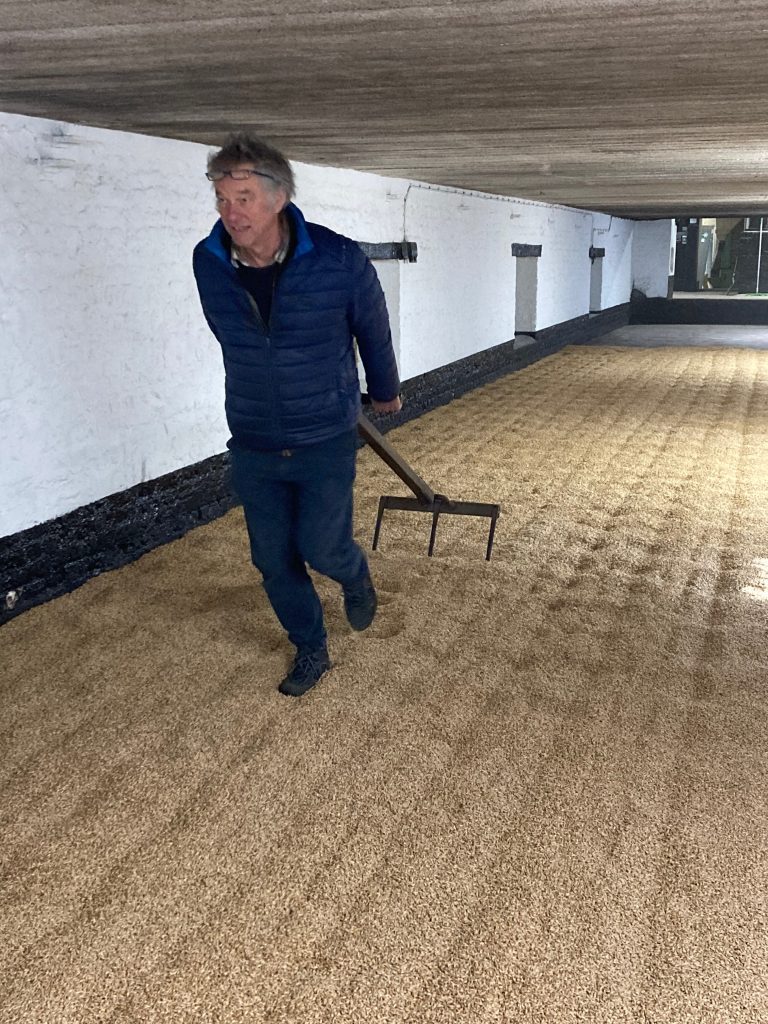
The malting process at Warminster is still very old fashioned, renowned as Britain’s oldest maltings, the newly delivered barley is first dried down to a consistent 12% moisture, then it is steeped in water tanks for 72 hours, during which time it is soaked and drained 3 times, so the grain is not drowned. After final draining the grain is spread out on the malting floors, where it stays for up to five days, where it will be turned normally twice per day, with a plough as demonstrated here by a keen volunteer, or with a machine which resembles an old fashioned lawn mower, it moves through the damp grain and flicks the grain in the air so as to ensure good airflow through the bulk of grain to encourage it to begin to germinate. As germination proceeds, enzymes turn the starch in the grain into sugar to feed the growing embryo.
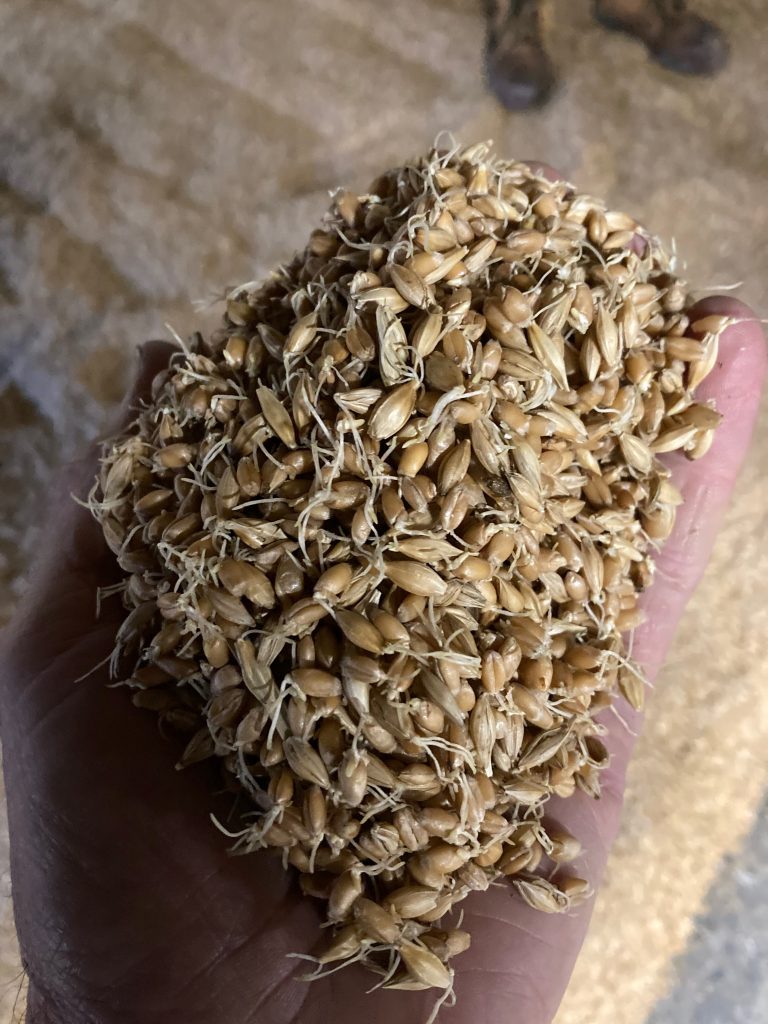
At the point where maximum starch has been converted, the grains with their tiny roots on are taken to a kiln, where they are dried rapidly, the roots are rubbed off mechanically, then the malt is bagged and readied for sale. If you chew on a grain at this stage, you find it has a crunchy texture and a sweet malty taste, from maltose, the form of sugar that the yeast will feed on in the brew, to produce alcohol. Dissolve malt in water, add hops and yeast, and hey presto, you have made beer.
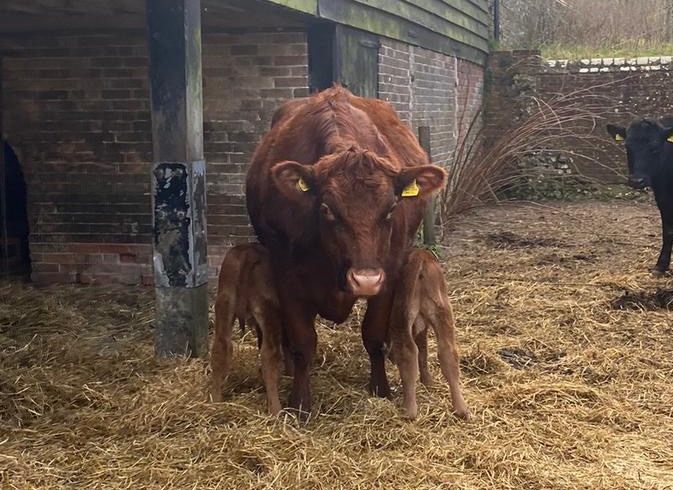
Since the beginning of February our heifers have been calving steadily, one of the bulls, Mr Red, was introduced to them several weeks ahead of the rest of the herd last May, for just 2 weeks. We were aiming for a 50% success rate from the 24 heifers, when scanned it turned out he had successfully served 21 of them, so our sheds are quite crowded. Pictured above is Ginge, the only red animal in the bunch, she has produced a lovely pair of twins, remarkable for a heifer, and she is doing them very well. We await the start of the main bunch, hoping there will be no more trouble of the kind experienced last week, when, after calving, one of the ladies popped out a prolapse. Fortunately there are no pictures of this unfortunate event, but the skill of our vet, armed with some sugar and a shot of oxytocin, and the perseverance of Dougal and Fred late into the evening saw all put back in order, mother and calf now doing well.
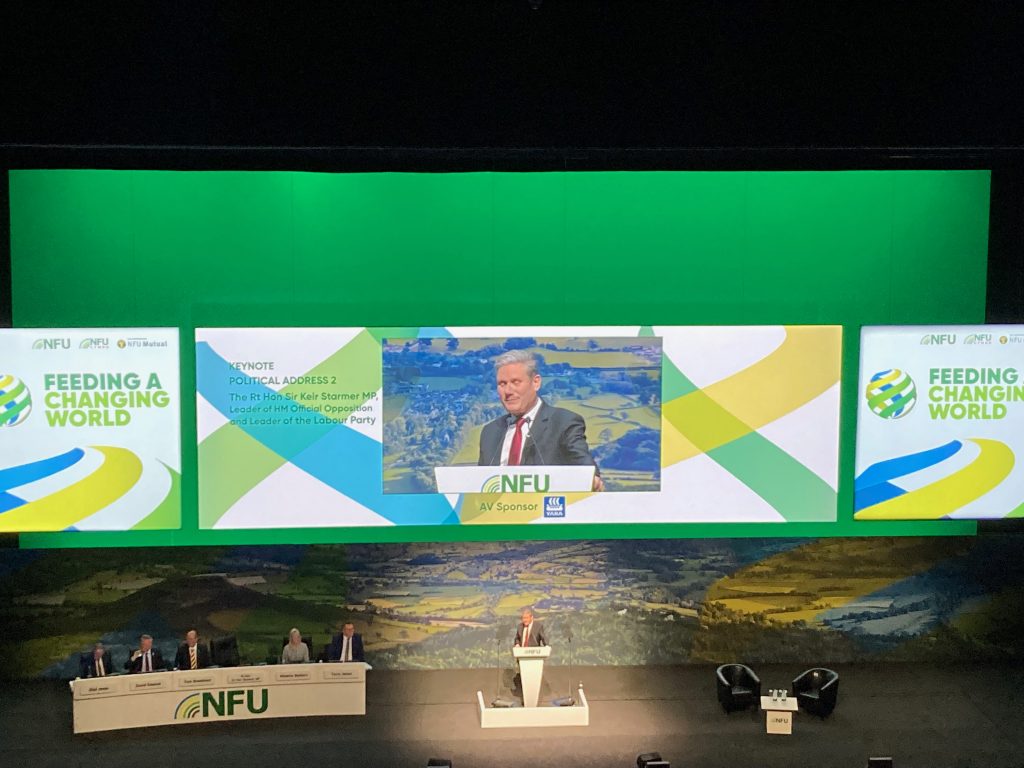
A trip to Birmingham earlier this week took in the NFU national conference, a two day extravaganza based at the International Conference Centre. A bit heavy on the politics this year, first up was Mark Spencer, Agriculture Minister, who spent some time once again explaining ELMS (the Environmental Land Management Scheme), there are many layers to this replacement for the flat rate (part of the EU’s common agricultural policy) Basic Payment Scheme (BPS) which has run since 2015, and rewards land holders simply on the basis of how much land they occupy. Some farmers have been getting impatient to see what ELMS will consist of, seeing as the BPS has been gradually reducing and will be down to zero by 2027. DEFRA have been taking their time, seeing as we’ve known something new would be required post Brexit for a number of years now, but there is no point rushing schemes out before they are ready, the history of British agricultural support is littered with the corpses of previous premature deliveries. There is hot debate surrounding several aspects of the SFI (Sustainable Farming Incentive), which is one of the three strands of ELMS, especially the hedgerow and grassland standards. On a very positive note, hidden amongst arable standards are proposed payments for farmers who do not use insecticides, the establishment of companion crops and for no-till crop establishment. We will be very pleased to take advantage of these options, which show that at least some departments within DEFRA are keeping themselves up to date with soil health and environmental issues.
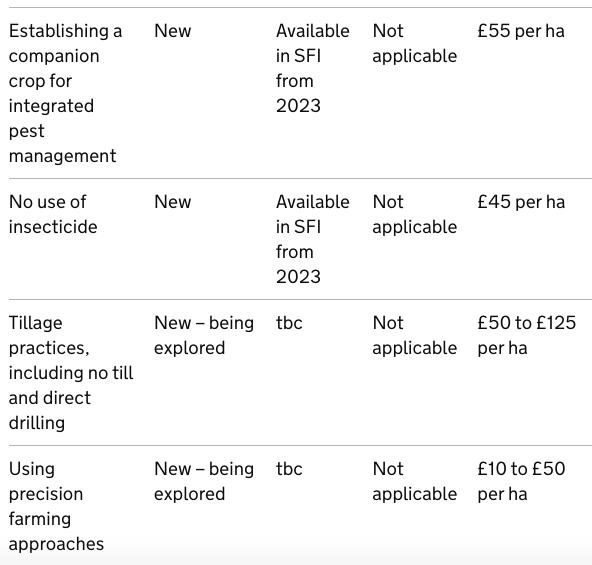
We were addressed by Opposition leader Kier Starmer on Tuesday afternoon, who delivered a positive and slick speech. He fielded audience questions with good humour and navigated trickier subjects reasonably successfully, insisting that no doors will be closed, and that a Labour DEFRA will follow the science on tricky subjects like bovine TB. Hardly an assurance worth holding breath for though, when in their next breath they are talking about extending the Right to Roam, bearing in mind the horlicks the last Labour government made of this topic. Anyway, the best was kept for last, you cannot have escaped the story of how Secretary of State Therese Coffey bombed. I have never seen a conference performer behave in such a fashion, she was grumpy and rude, not very well briefed, and completely failed to engage with the room, let alone with Minette Batters, NFU president, who was her interviewer.
Aside from the politics, the conference is a great opportunity to network, catch up with old friends, and listen to wise and knowledgeable people exchanging experiences and sharing their thinking. Ash Amirahmadi, MD of Arla foods, buyers of milk from over 2000 dairy farmers in the UK, stands out as a beacon of hope amongst the leaders of our industry. Arla is a Danish-Swedish based co-operative owned by 9,700 farmers, and Ash explained how the company is taking its responsibility as a global food processor very seriously, particularly in how it is approaching net-zero policy, and climate-essential changes to the way we produce food. They are able to incentivise their producers to produce food in more sustainable ways by tweaking how they pay for milk.
Director General of the CBI, Tony Danker gave us insight into how he sees the greater economy reacting to government policy as it twists and turns. Then for a bit of blue sky thinking, we heard Prof Tim Benton, from Chatham House, say that food system transformation is needed to enhance human health, protect biodiversity, reduce climate impacts and build resilience, and that current government strategies will not achieve this change.
For light relief after all that, we were treated to an after dinner set by Impressionist Jan Ravens, of BBC Radio’s Deadringers, who crashed onto the stage as a convincing Liz Truss, and later closed her act by teaching the whole audience how to speak like Janet Street-Porter, it was very funny if you were there.
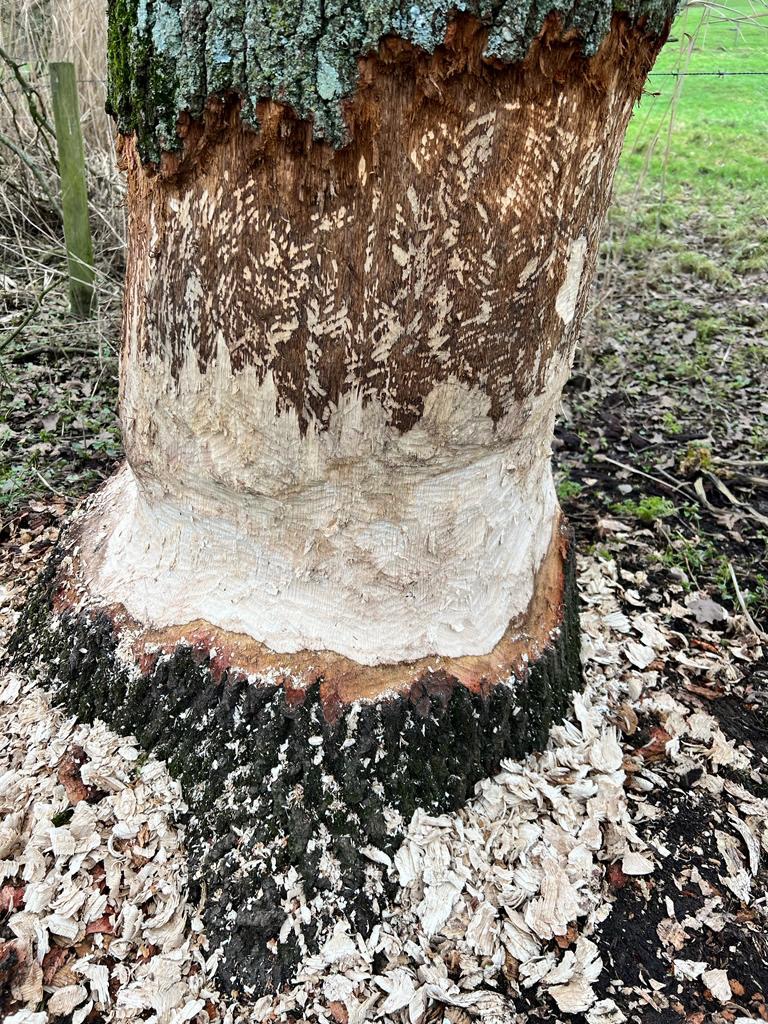
Beavers have been in the news again recently, farmers seem to be very good at getting worked up about them, worried that their land will be flooded, and trees will be damaged, and they are seemingly finding it hard to understand the good things the amphibious rodent can bring to the environment. It is true that if they are to be introduced, and they already have been in many areas including several sites in Dorset, then we ought to be allowed to manage them if their dam building threatens more harm than good. The government in its wisdom has made them a protected species, so their lodges, dams and the creatures themselves cannot be interfered with, and there is so far no sign of a protocol by which they can be managed. Beaver damage to trees has been seen near the Stour north of Sturminster Newton, and a beaver was filmed by a member of the public, in the river in Blandford last summer. To show beavers in action, mostly under cover of night, here is some video from Cropton Forest in north Yorkshire, where they have erected a dam 70 metres wide which is claimed to be reducing flooding risk to the town of Pickering. Local intelligence adds that work to erect a bund and a reservoir that holds 120,000 cubic metres of water, as well as over 100 leaky wooded debris dams may also have something to do with keeping the town flood free.
